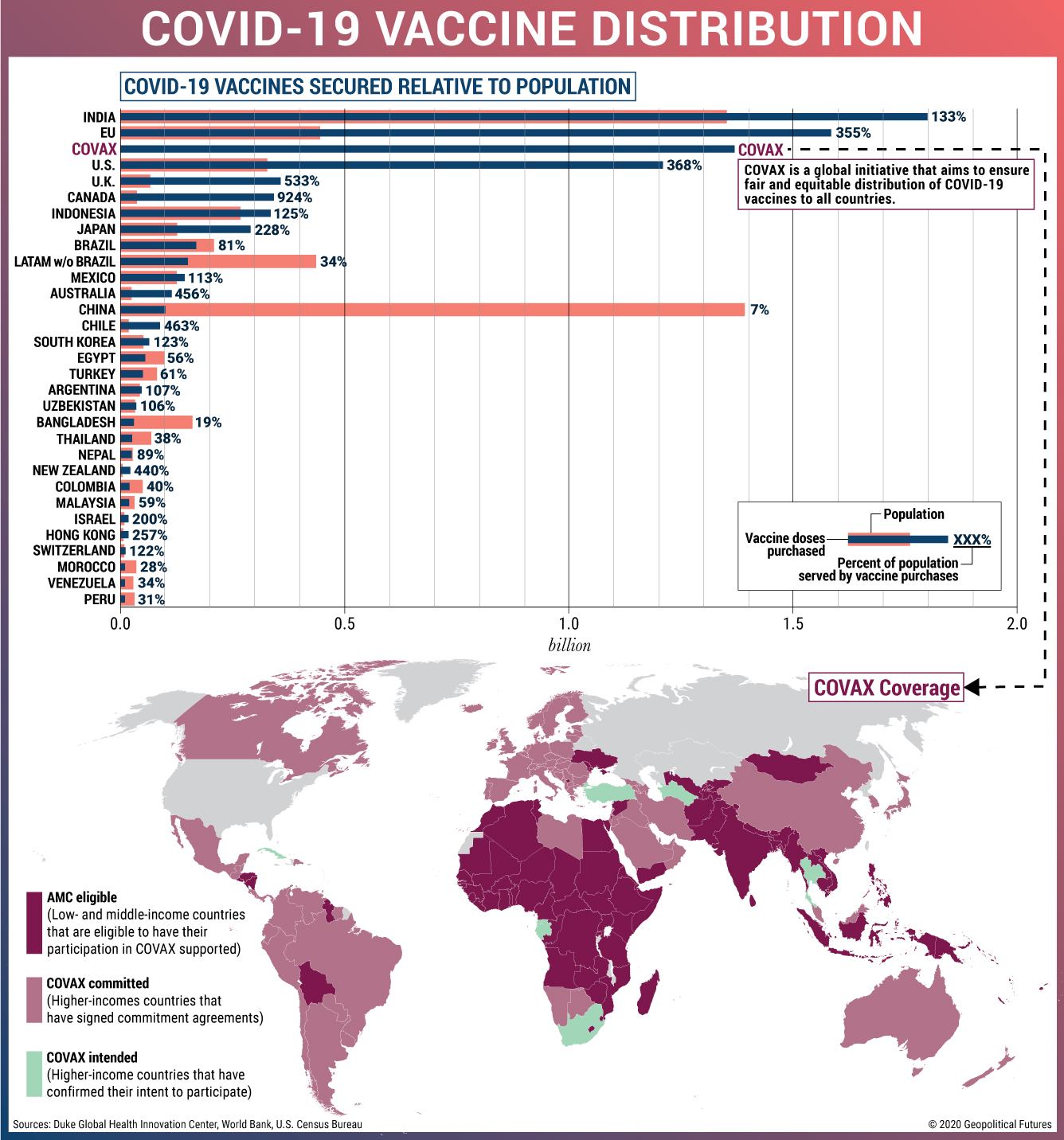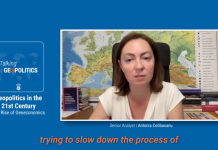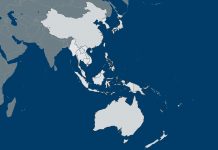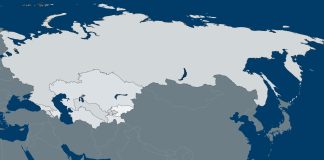Geopolitical Futures’ 2021 forecast, released earlier this week, predicts that the process by which COVID-19 vaccines are distributed and administered this year will be fraught with tensions. Indeed, their distribution will have an effect not just on the health of a country’s population but also on its economy as economic recovery is highly dependent on the end of social distancing, which will come only once vaccinations become widespread.
And in this regard, high-income countries have a distinct advantage. That’s why the World Health Organization launched the COVID-19 Vaccine Global Access Facility, or COVAX program, which aims to make vaccines accessible and affordable to low- and middle-income countries that would otherwise struggle to acquire them. Ninety-two countries are eligible for the program, which will make available 1.3 billion donor-funded doses by the end of the year with a goal of distributing 2 billion doses by the end of 2021. It’s estimated that the initiative needs an additional $6.8 billion in funding to meet this goal.
In the meantime, countries that can produce or purchase the vaccines on their own will continue to do so. Several high-income countries have inked deals for more than enough doses for their populations, giving them a buffer for any supply or logistical complications and delays that may arise. Even so, these countries face challenges in distributing the vaccines, and governments are already seeing mounting pressures to get their populations inoculated as soon as possible. In some places, like Mexico, the government has sought to relieve this pressure by giving states the power to reach their own vaccine deals. In other places, like Normandy in France, local governments are studying ways to improve the national vaccine plan or pursue vaccines on their own. These issues are only the beginning. We expect tensions to rise, particularly in the early and middle phases of the distribution process this year.








